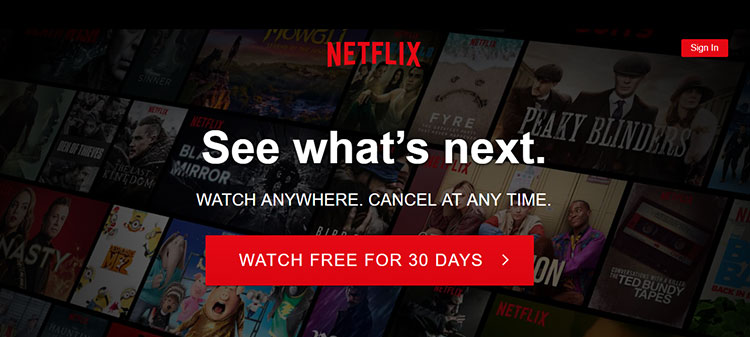5 Ways YouTube Shorts Can Grow Your YouTube channel.
Do you ever feel like your YouTube channel is stuck in a virtual traffic jam, with no hope of ever reaching its destination? You're posting quality content, but you get the same pity comments from friends and family members on every video.

Well, worry not, because in this blog post, we're going to be exploring YouTube Shorts and how they can help you break free from the gridlock and accelerate your channel's growth. YouTube Shorts are short-form, vertical video content that resembles and rivals Instagram Reels and TikTok.
Reach New Audiences
Utilizing YouTube Shorts will unlock a whole new demographic of viewers - one that still values quality, but appreciates short-form and highly consistent content.
Since Shorts are easy to consume, the content reach is significantly different from regular, long-form YouTube videos. Additionally, shorter-form content has a higher tendency to be shared, helping to attract new viewers to your channel. With YouTube Shorts, you no longer have to rely on the YouTube search bar for people to find your content. In fact, according to Pierce Vellucci, A YouTube Product Manager, Shorts get recommended based on a user's watch history and their engagement with different accounts.
Promote Regular Channel Content
YouTube Shorts is a great tool to promote your regular channel content. Think of YouTube Shorts as a teaser trailer for your longer-form content.
Let's say you're a fitness influencer with a YouTube channel. You could create a 30-second Short that highlights one specific exercise or move, with a call-to-action (CTA) encouraging viewers to check out your longer workout videos for a full routine. Additionally, you could include a CTA asking viewers to subscribe to your channel for more fitness content, helping to grow your audience and brand.
Repurpose Regular Channel Content
Any time you post a long-form video on your YouTube channel, it's an opportunity for you to repurpose that content into shorter-form bits for YouTube Shorts. You can take a snippet or highlight from your longer video and create a short clip that showcases the most exciting or interesting part. This could be a key point you made, a funny moment, or a visually stunning shot. Here an example of long-form content being repurposed into a Short from Wired:
It's double the exposure for the price of one! What a deal, right? Plus, it gives new audiences on YouTube Shorts a taste of what your long-form videos are like.
Easily Jump on Trends
Following trends plays a huge role in growing your following on social media, and utilizing YouTube Shorts is a great way to do just that. When you participate in popular trends, you increase the likelihood of your content being shared and discovered by more people. By keeping up with the latest trends, you can showcase your brand's personality and creativity, while also building your audience and establishing yourself as a relevant creator in your niche.
But why do you need YouTube Shorts to do this? Well, as you probably already know, producing long-form YouTube videos often takes time and planning. Trends on social media sometimes live and die in just a few days. Because YouTube Shorts are easy to make and can be less-polished, it lends itself better to following trends in a timely manner.
Grow Monetization Opportunities
For creators, any new opportunity to make money on social media is good news. YouTube finally introduced monetization options for Shorts earlier this year through the YouTube Partner Program. By enabling ads to appear in-between their videos, creators can earn revenue from their Shorts content and boost their income stream. This is just one more way to bring in a few extra dollars on top of the revenue your channel might already be gaining.
Need help growing your social media presence? We're good at that. Shoot us a message today!











